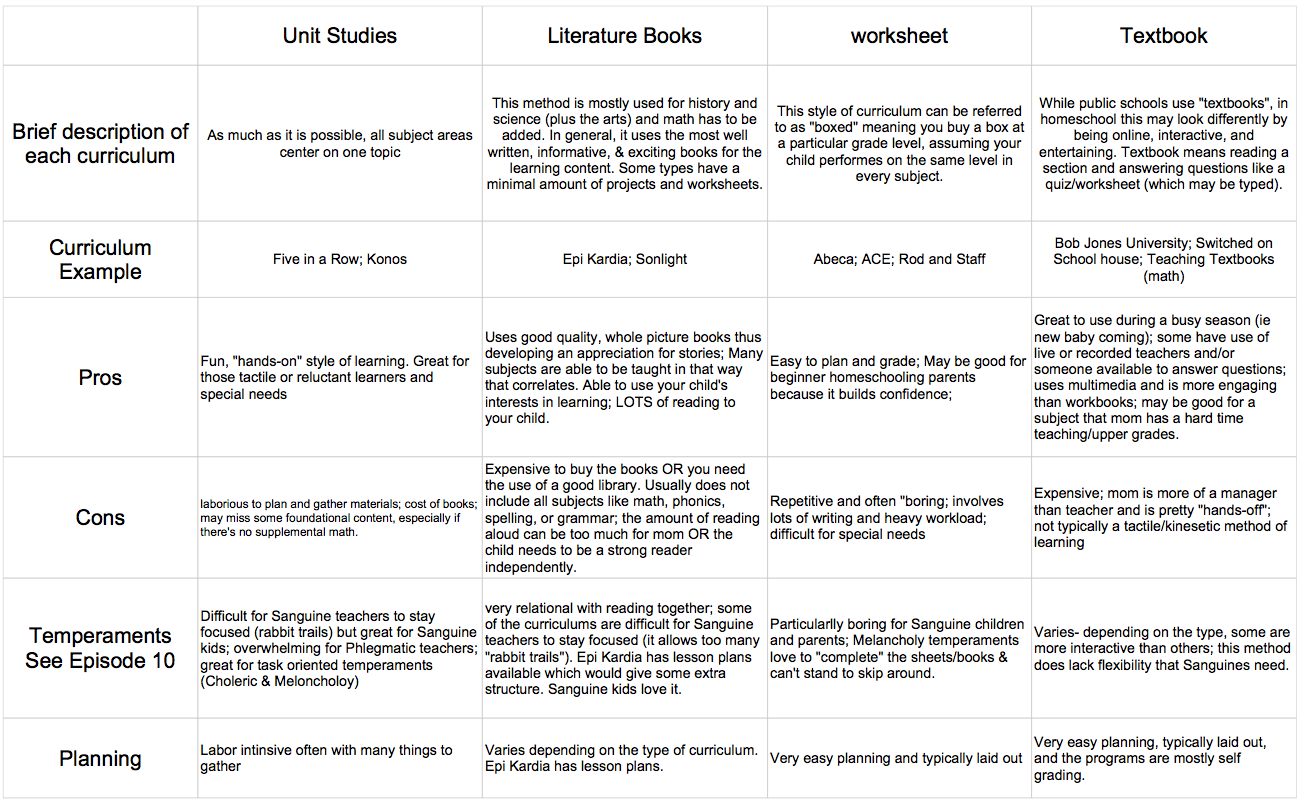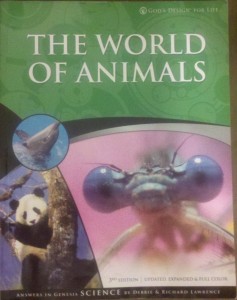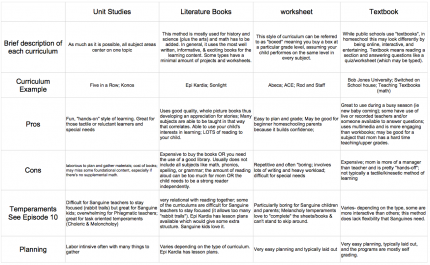Podcast: Play in new window | Download
Subscribe: Apple Podcasts | RSS
Conference Teach Them Diligently
Reasons to attend a homeschool conference:
- It “refuels” mom and gives much needed encouragement!
- Refreshing time away.
- Personal growth in the Lord.
- Hands on opportunity in the vendor hall to really “see” the curriculum.
Rhino Technologies – Get audio files (MP3) of the sessions from the Teach Them Diligently conference.
Yee Haw! Books for Boys- Jan Bloom
- Boys do what they see their dads do so dads need to model reading from a real book, not just electronic books!
- Allow boys to move around while you read a longer book- they ARE listening! It takes all their concentration to “sit still” and it frees up their mind to be able to move AND listen. (See blog post on Fidgets)
- Allow kids to posses the books they love- write their name in them and keep them accessible.
- Be aware of when the books were published! Prior to the 1960s the school librarians were the “gate keepers” but it is not so now.
- Boys like books with odd information, obscure facts, and challenges. Don’t be afraid of books with battles and conquering.
- Keep a “Book Journal” or index box with cards of title, author, # of pages in the book, plot & a few sentences. Gives you a record of what you’ve read and you can go back through your favorites without forgetting them. (See Lamplighter Publishing)
- If reading continues to be difficult past 10-12 years, consider www.visiontherapy.com
- Books for “early reading”
- Nancy Drew, Beatrix Potter, Thorton Burgess, Frog and Toad, Bobbsey Twins, Marion Renich (sports), I Can Read Series,
- Boxcar Children- the first 19 books were written by Warner but not the later ones (the character & values are better in #1-19).
- Be careful of language and attitude in biography category. Check out Garrard Biographies, Childhood of Famous Americans
“intermediate” reading
- Madeleine L’Engle, Jenny L. Cote, Hardy Boys, Sugar Creek Gang, American Adventure, American Heritage, Scripture Slueth, The Building on the Rock Series (5th grade +)
- Be careful of language and attitude in biography category. Check out YWAM Biographies & Trailblazer Biographies
The Seven E’s for Choosing Curriculum- Jeannie Fullbright
- See the last blog post for more of her points.
- Be more intentional about devotion time both personally and with the kids. Devotion tends to go whenever we think we are behind in our “curriculum”!
- I try to choose curriculum where Christ is in the center and woven throughout EVERYTHING rather than a curriculum with God as a ‘side entree’.
- When you abandon a curriculum because it no longer works/fits your needs, then try to figure out WHY. This is so you don’t end up buying the same thing with a different name on it!
The Brain, Memory, & Learning- Carlita Boyle
- Takes 5-6 hours to move learning from temporary to permanent storage. Teaching a new skill befores this causes problems with the first learning. Application: It doesn’t always help to give more work- need short teaching times.
- the time of day influences learning- Learn your child’s pattern
- Most probable effective learning times are after waking, just before bedtime, few hours before/after midpoint of the day. Ask your child “Is there a time that you like to learn?”
- Stress has a major impact on memory. Children link the EMOTION they had when learning something back to the INFORMATION they learned!
- Not getting enough sleep interferes with memory. REM sleep happens in the later hours of the night and that is when short term memory is transferred to long term. Power Sleep by James Maas
- Exercise helps memory! Learn first then exercise- It releases epinephrin and they learn better. DON’T SKIP RECESS!!
- 3 ways to get information into long term memory
1. intense sensory experience to link memory to
2. intense repetition or drill (most commonly used in textbooks)
3. drill used over TIME- is effective when learning a little bit at a time, over time.
Sensory Based Activities- Special Needs Consultant in SCAIHS
- “All children can benefit at some time instructionally with sensory activities to allow them to be better able to focus on the lessons being taught.” Osbornes call them “fidgets”. They keep the fingers busy so the brain can focus.
- Indicators of Sensory Integration disorder: speech & laguage delay/deficits, hypo &/or hyper activity level (like with Vestibular issues), stimuli reactions (tactile issues), difficulty with coordination skills (motor planning like with Proprioceptive issues)
- “FEED THE NEED!” Identify the need & provide opportunities for the child to do it in a safe and appropriate mannor. Examples
- We DO need to introduce textures they don’t like- little bits at a time.
- Plan some sensory activities in your day that are individualized to your child…even in busy or “bad” days.
- check out www.sizzlebop.com and carol’s Web Corner http://www.westfieldacademy.org/adhd/ for ideas on teaching distractable children and helping them to memorize or retain information.
- check out www.blueletterbible.com for awesome features that are helpful for ALL CHILDREN. I was also told (but haven’t figured it out for myself yet) that you can enlarge a passage and change the background/text color to make it easier for dyslexic readers.





